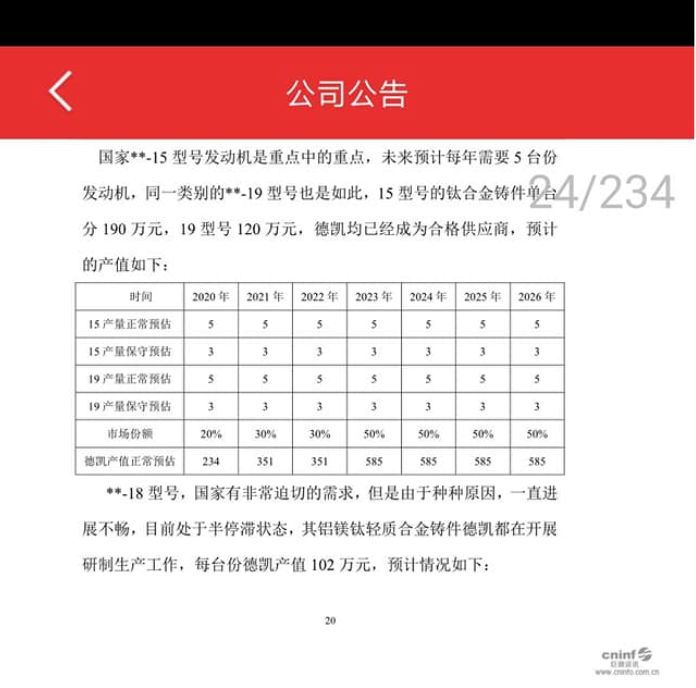I think you'll agree that 5 engines per year in 2025 doesn't exactly qualify as "widespread service."I think for the last few years it's been accepted that WS-15 won't be entering widespread service until ~2025.
If this came out in 2015 I would agree, but 5 per year now is really cutting it thin - 5 per year in 2026 is a catastrophe. If that's the case people should be going to prison for defrauding the government.The idea of producing 5 engines per year for a few years is not crazy
I hope we'll hear from them soon.I'd be interested in waiting to see what if any of the usual insiders have to say about this.
That would make a lot more sense, but could you point to any evidence in the document that supports this?But you forget that this is a product for PRE-volume production. Along with the maturity of the production specification, the pre-production volume will decrease or even cease earlier than 2026. It is not the number of volume production predicted after 2025/2026 which is 300 per year.

